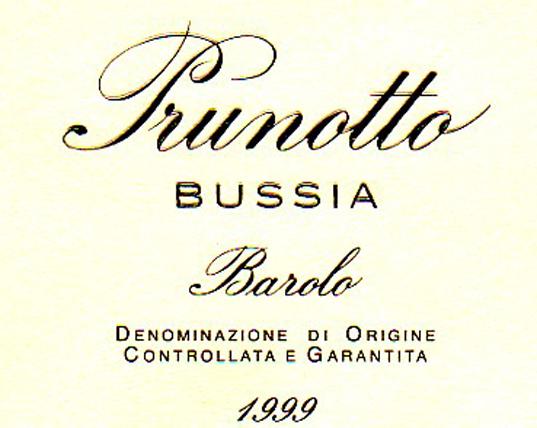1999 Barolo Red Blend
The Prunotto Bussia 1999 Red Blend from the esteemed Barolo region is a captivating expression of Italy's winemaking heritage. With its rich, deep red color, this wine immediately invites you to explore its allure. The body is full, providing a robust structure that supports the complex flavors within. Its acidity is bright and lively, balancing the bold fruitiness and enhancing the overall mouthfeel. Notable tannins contribute to the wine's firm character, wrapping the palate in a pleasant grip. This blend showcases prominent fruit intensity, revealing layers of dark cherry and berry notes, complemented by hints of spice and earth. A truly remarkable wine that reflects the best of its Barolo origins, the Prunotto Bussia captivates wine enthusiasts with its elegant depth and intricate profile.
The Prunotto Bussia 1999 Red Blend from the esteemed Barolo region is a captivating expression of Italy's winemaking heritage. With its rich, deep red color, this wine immediately invites you to explore its allure. The body is full, providing a robust structure that supports the complex flavors within. Its acidity is bright and lively, balancing the bold fruitiness and enhancing the overall mouthfeel. Notable tannins contribute to the wine's firm character, wrapping the palate in a pleasant grip. This blend showcases prominent fruit intensity, revealing layers of dark cherry and berry notes, complemented by hints of spice and earth. A truly remarkable wine that reflects the best of its Barolo origins, the Prunotto Bussia captivates wine enthusiasts with its elegant depth and intricate profile.




